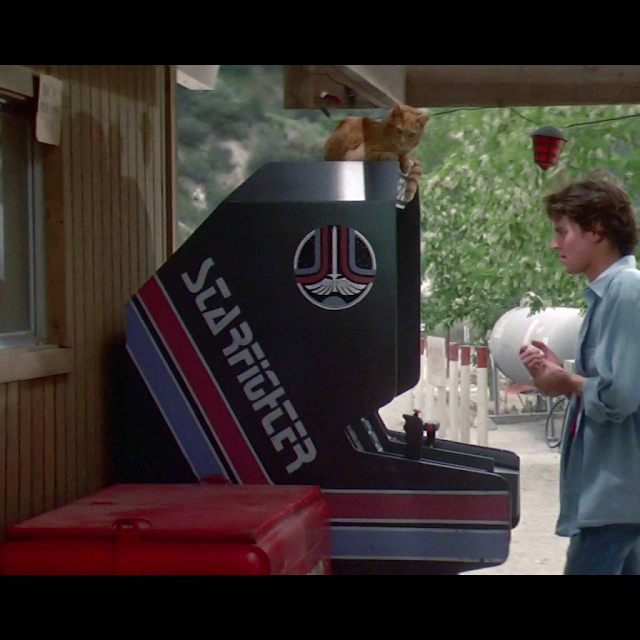All textures are 1024x1024 (due to PVRTC1 limitations). Click on each one to see them at full-res (they are reduced in size on the page itself).
Each image below was transcoded directly to each GPU format from the .basis file, and then converted to 24bpp .PNG. On my desktop, ETC1 is fastest (~3ms), followed by BC1/4 (~7.9ms), then PVRTC (~37ms). The transcoders (particularly PVRTC) are not yet fully optimized, and are written in straightforward C++. (Update: PVRTC transcode at 1024x1024 is now ~15.4ms, without any SIMD or threading yet.)
The PVRTC transcoder really needs SIMD optimizations, which should give it a nice speed boost (probably around 2-3x). It would be trivial to thread the PVRTC transcoder too. The PVRTC's transcoder's quality is visually somewhere in between PVRTexTool's "Lower Quality" and "Good" settings. In many cases, it looks a little better than "Good", but it's a tossup.
Note that BC3 and BC5 formats are supported by calling the transcoder twice from different input image slices. So a RGBA GPU texture is encoded into two slices (sharing the same codebooks) in a single .basis file, and it transcodes to either two ETC1 textures, a ETC1 texture twice as high, or a single BC5 texture. PVRTC2 and ETC2 support will be very easy and transcode times will be comparable to ETC1 or BC1 (PVRTC1 will always be the most expensive). The PVRTC transcoder doesn't support alpha yet (it's next).
Image: laststarfighter_1024.basis, 133966 bytes, 1.022 bits/pixel
Original:
.basis->ETC1:
.basis->BC1:
.basis->BC4:
.basis->PVRTC:
Image: map_1024.basis, 180603 bytes, 1.38 bits/pixel
Original:
.basis->ETC1:
.basis->BC1:
.basis->BC4:
.basis->PVRTC:
Image: delorean_1024.png, 138894 bytes, 1.06 bits/pixel
Original:
.basis->ETC1:
.basis->BC1:
.basis->BC4:
.basis->PVRTC:















